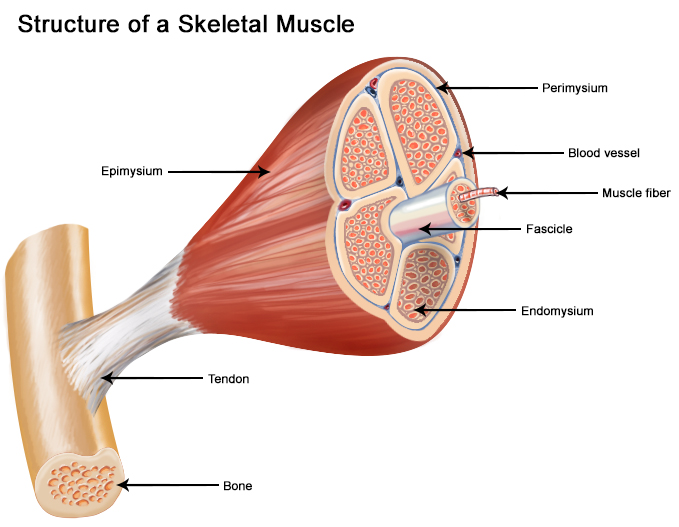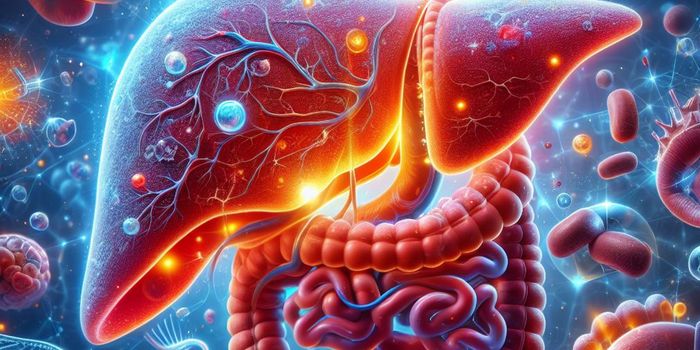'Longevity protein' Improves Healing in Aging Muscles
A downside to aging is that the skeletal muscles lose their ability to heal after muscle injury. However, a recent research study at the University of Pittsburgh identified the protein that could be responsible for serving as both the culprit and a potential therapeutic target. The protein has now been referred to as the "longevity protein" Klotho.
Learn more about the effects of aging on muscles:
The study showed that in young animals-- expression of the protein Klotho was highly found after muscle injury. However, in aged animal Klotho expression was flat. "We found that we were able to rescue, at least in part, the regenerative defect of aged skeletal muscle," says Fabrisia Ambrosio, Ph.D., lead author of the study and director of rehabilitation for UPMC International. "We saw functional levels of muscle regeneration in old animals that paralleled those of their young counterparts, suggesting that this could potentially be a therapeutic option down the road."
They particularly found that by increasing levels of Klotho in aging animals or by mitigating downstream effects of Klotho deficiency—the researchers were able to restore muscle regeneration after injury.
Findings of the study were published in Nature Communications.

The study suspected that Klotho acts through mitochondria dysfunction and so Klotho-deficient animals were given a mitochondria-targeting drug called SS-31—currently being placed in phase III clinical trials. The treated animals were observed to grow more muscle tissue at the site of muscle injury in comparison to untreated controls. Additionally, administering Klotho into aging animals after injury resulted in greater muscle mass and thus, greater better functional recovery in comparison to saline-treated counterparts.
"If you just bombard the muscle with Klotho, we do not expect to observe any functional benefit," Ambrosio said. "We've found that mimicking the timing profile we see in young animals seems to be critical. We think that this gives some insight into the therapeutic window."
Source: ScienceDaily, Nature Communications








